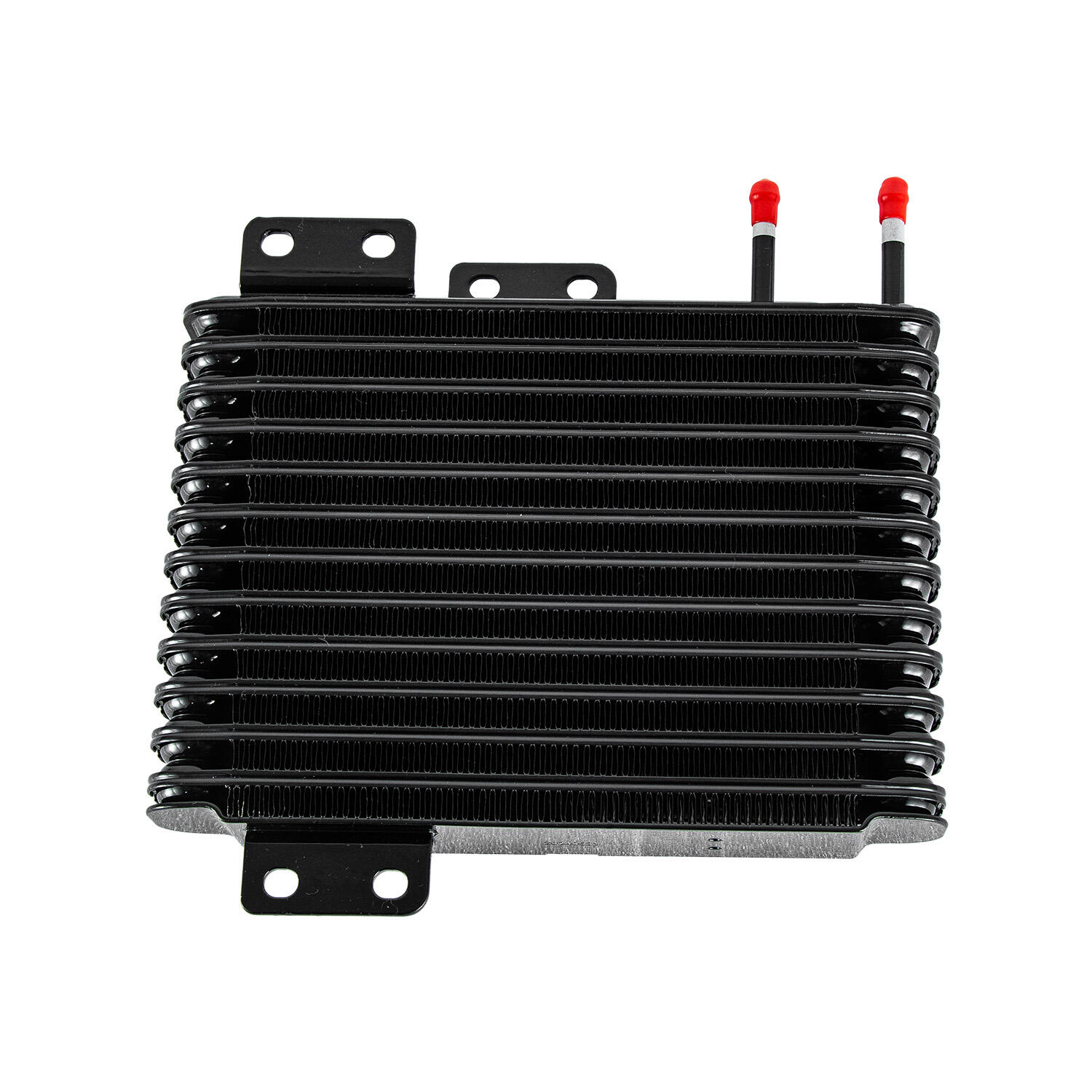Introduction
The oil coolers are the vital components preventing engine oil, vehicle transmission fluid, and hydraulic systems from overheating. Thus prevents the important liquids from overly heating and extends their life. But leave a leak or break in your oil cooler unattended — and you can make permanent changes to the inside of your engine. This is how to troubleshoot your oil cooler issues so that your ride spent more time on the road and less in the shop.
What Does an Oil Cooler Do?
These coolers remove heat from the oil and transfer it to either air (air-to-oil cooler) or coolant (water-to-oil cooler). The first thing to do when it comes to diagnosing oil cooler leaks or whether your oil cooler has failed, is being able to recognize the symptoms: low oil pressure, overheating, and of course any physical signs that one might leak.
Initial Inspection
Visually inspect the oil cooler for external leaks, and check it around all sides for damage/corrosion. Going over gear like you'd do a vehicle; looking for frayed wires, joints or seals. Letting a leak slip, however minor is hinting at a major problem that you must fix.
Test Coolant Level, Oil level
Monitor coolant levels and oil a regular basis If there is a leak you should notice they drop rapidly. Lastly, check for contamination with coolant or oil — both will point toward an internal leak in the oil cooler.
System in Cooling Pressure Testing
Test the cooling system for leaks with a pressure tester. This helps in determining the pressure points in the oil cooler system that cannot be seen with naked eyes. Pressure Test Results The pressure test results can be interpreted to direct you on where the leak is located.
Oil Cooler Core Inspection
Or, that the oil cooler core itself is leaking internally or blocked. When you check its condition, we're looking for crashes or jammed passages. Extract the center and clean it or install a new one if the previous is damaged too much so it cannot be repaired.
Evaluation of the Components of the Cooling System
That real oil cooler may be the source of other problems in the cooling system. Inspect components such as the water pump, thermostat and Radiator. Inspect for any wear in associated hoses, and one will also want the whole cooling system to function properly.
Tools and Techniques for Diagnostics
Use DTC scanners to read trouble codes related to the cooling system. Infrared thermometers can identify hot spots in the oil cooler, indicating blocked or leaking hoses. Dye kits are also use-full to trace hard-to-find leaks.
Identifying and Dealing with Common Leak Causes
The most common reasons for oil cooler leaks are damaged seals and gaskets, loose connections as well as corroded or degraded components. Those components can typically be repaired or replaced to fix the problem. Check that all electrical connections are tight and undamaged.
Considering External Factors
These forces like drive states and the uniformity outside temperature can affect essential oil chiller. The age and state of disrepair your cooler is in, the more I would wager on its imminent demise.
Repair/Replace decision
We can fix or replace the oil cooler but this all depends on how badly damaged it is and what is more economical. But small damages will probably be repaired for less expensive compared to changing with modern-day designs as well as brand-new things; more large degree of scrapes or leakages are mosting likely to need a complete exchange and also synchronization colder approaches.
PM (Preventive Maintenance) Practices
As they say, prevention is a cure, and this exactly is the reason why you should get your oil cooler checked before things pile up. Regular changing of oil and coolant makes it possible to check the cooling system, which minimizes leakages and break downs. If you have a full vehicle service plan which includes checks then it could help protecting you from costly down the line.
Professional Assistance
If you are not confident in either diagnosing the problem or replacing the oil cooler, take your vehicle to a quality mechanic. This means they can properly diagnose the problem and then fix it or replace it if needed.
Table of Contents
- Introduction
- What Does an Oil Cooler Do?
- Initial Inspection
- Test Coolant Level, Oil level
- System in Cooling Pressure Testing
- Oil Cooler Core Inspection
- Evaluation of the Components of the Cooling System
- Tools and Techniques for Diagnostics
- Identifying and Dealing with Common Leak Causes
- Considering External Factors
- Repair/Replace decision
- PM (Preventive Maintenance) Practices
- Professional Assistance

